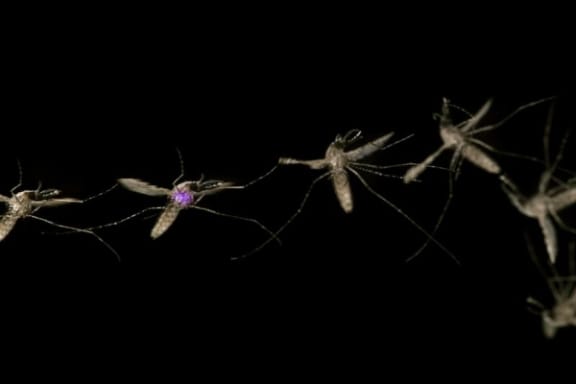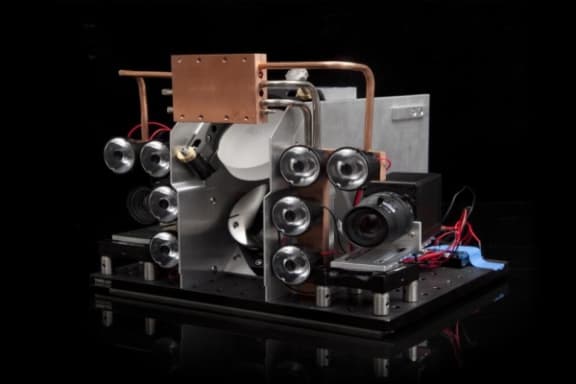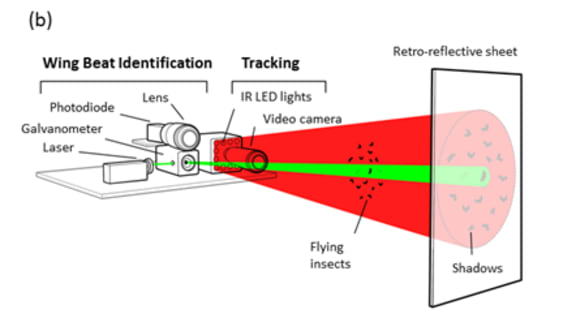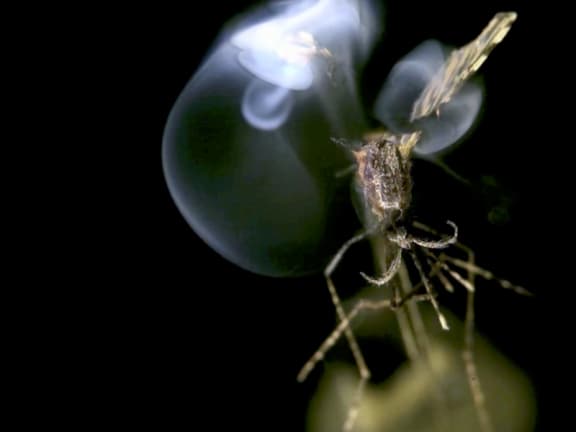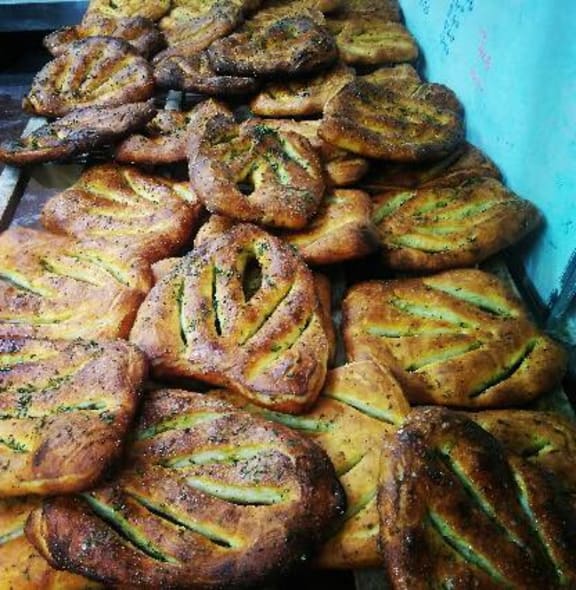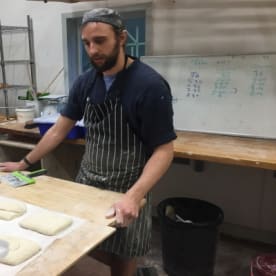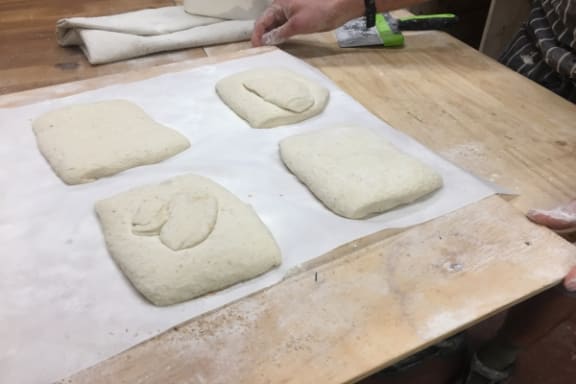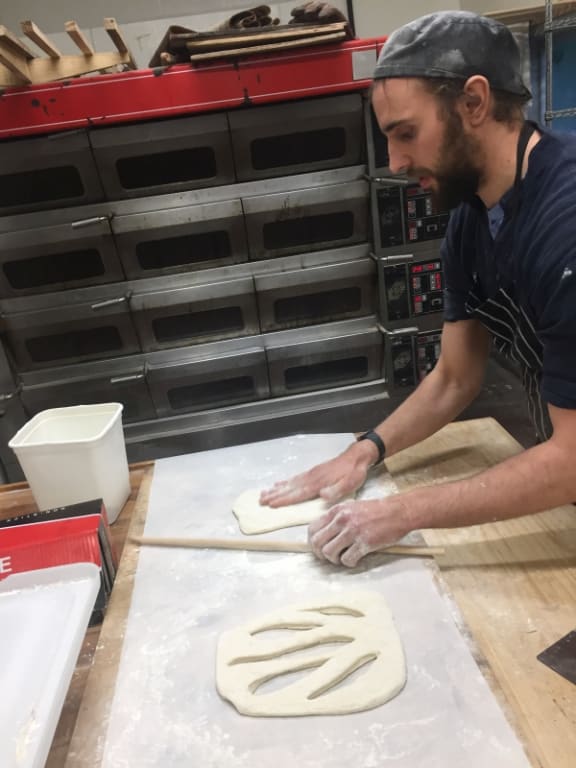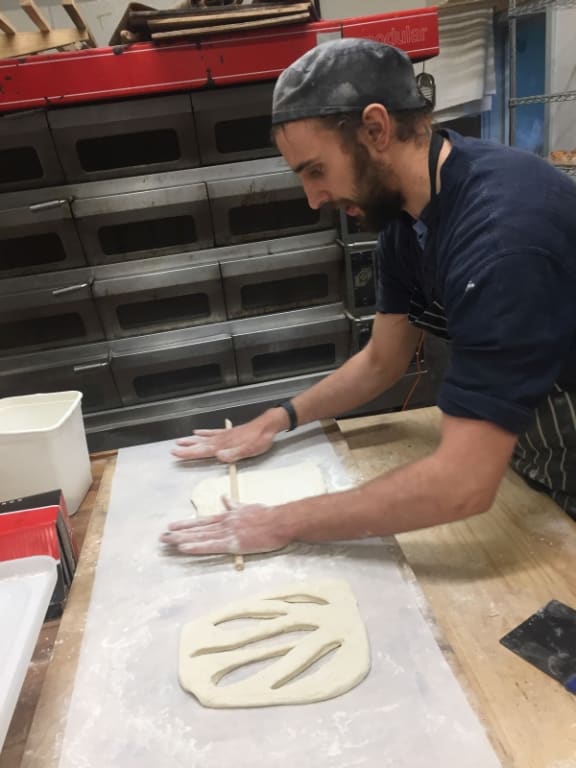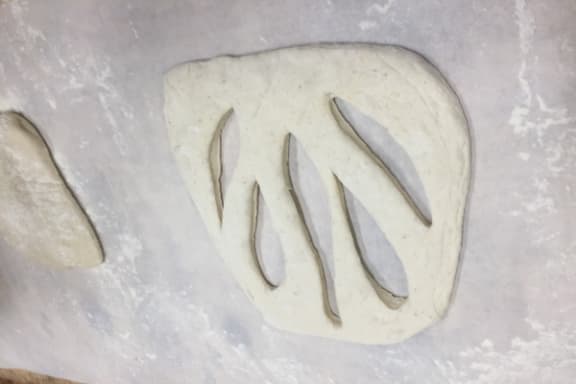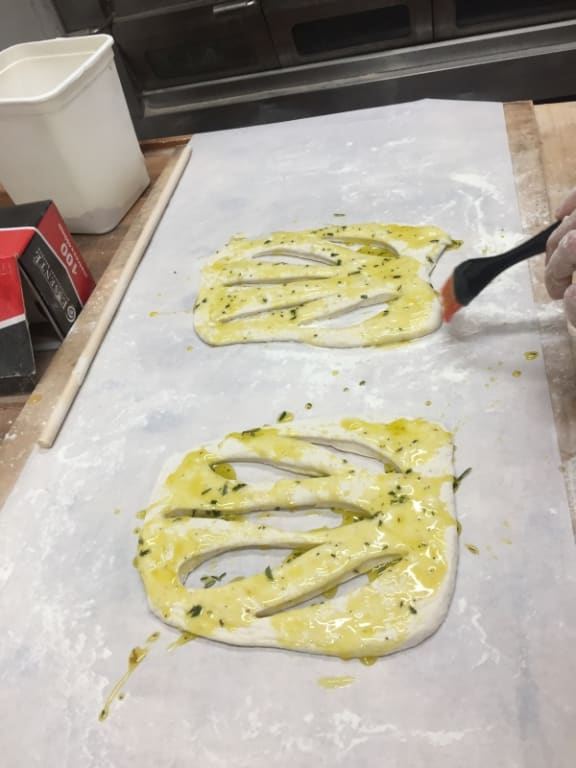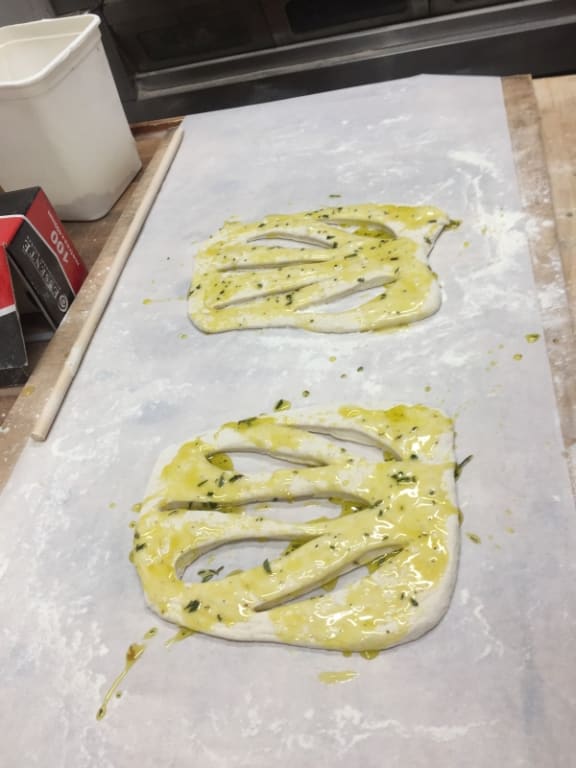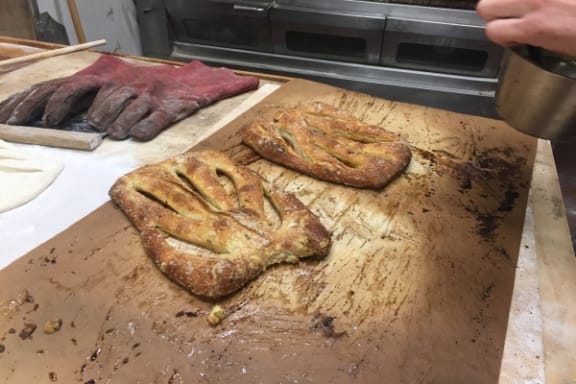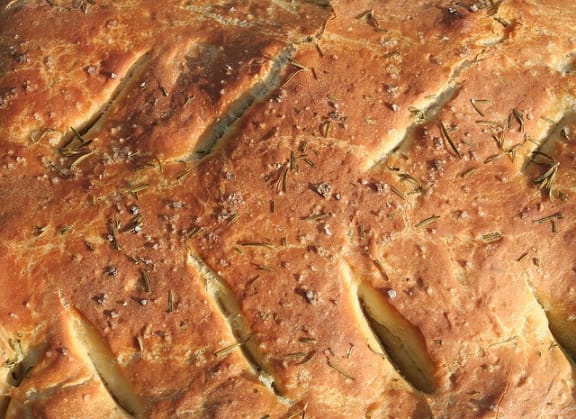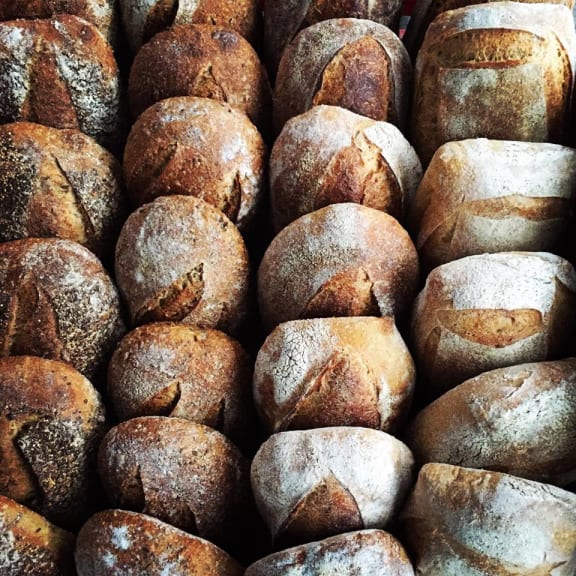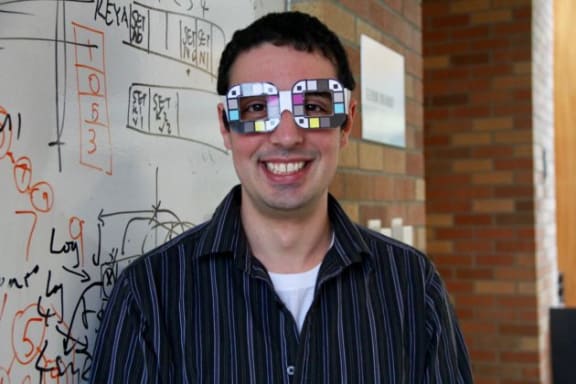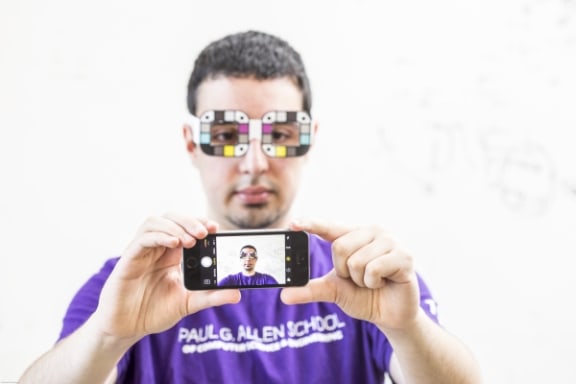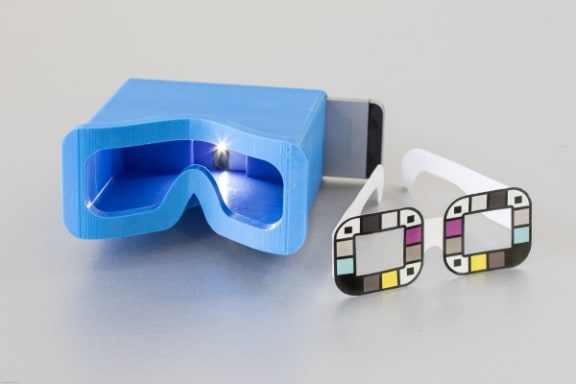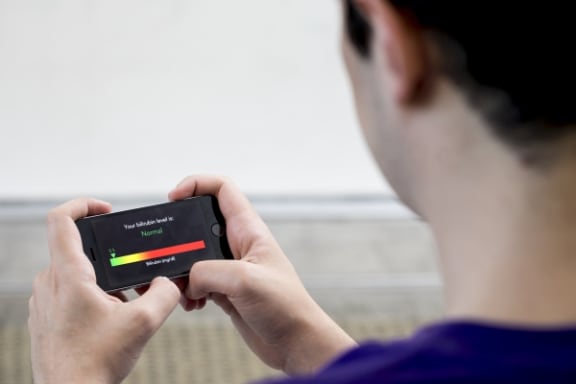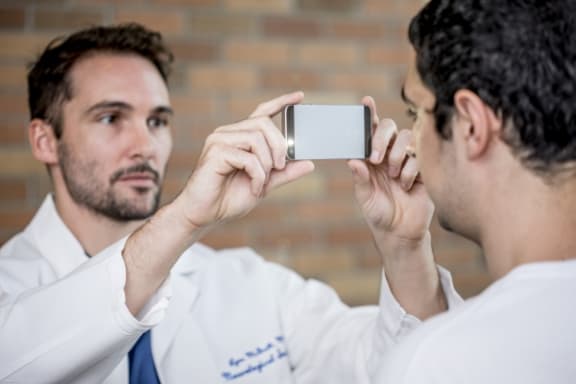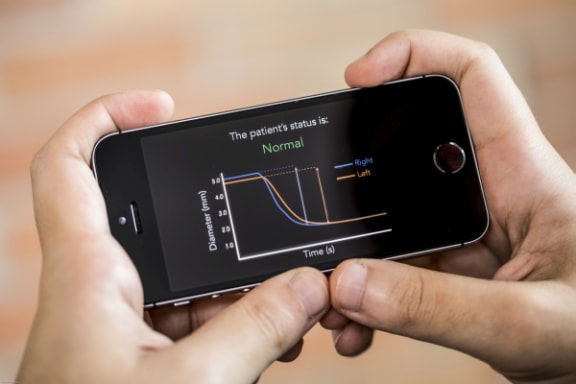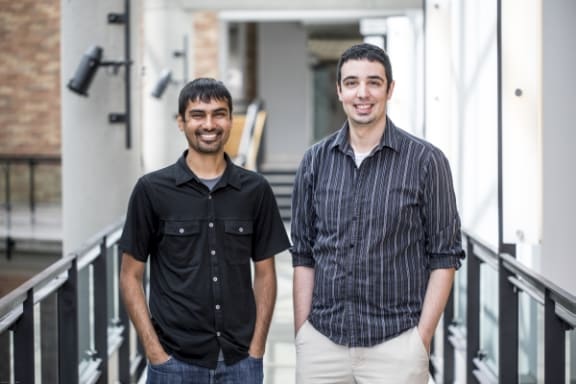This Way Up for Saturday 4 November 2017
This Way Up for Saturday 4 November 2017
Controlling insects using lasers, baking fougasse, disease diagnosis apps, and a history of vaccines.
Laser strike: controlling insects using lasers
“All the technology we are using has traceability to extremely cheap mass produced parts, so it will one day be cheap enough to be able to deploy to Sub Saharan Africa and at that price level you and every one of your neighbours will have one in your backyard as well.” Arty Makagon of Intellectual Ventures
The Photonic Fence is a laser fly swat that never misses the mark.
The high-tech bug zapper uses powerful cameras to scan for pests by measuring their size, shape and wing-beat frequency, before locking in on a target and exterminating it in 25 milliseconds.
The technology has been in development for nearly a decade, and field trials run by the US Department of Agriculture are about to kick off in Florida where citrus farmers are at war with an insect invader called the Asian citrus psyllid.
Project leader Arty Makagon from Washington State-based company Intellectual Ventures says the initial idea for the technology came from a desire to decrease the spread of malaria by mosquitoes.
“We’ve thrown bed nets at it and we’ve thrown long-lasting residual indoor spraying [at it] and it’s certainly had an impact but it seems to have stalled,” he said. “We’ve used all the tools we had at our disposal, and we’ve deployed them across the malaria endemic regions, but we still have nearly half a million people dying every year and the majority of those are kids under five in Africa.”
Laser scientists at Intellectual Ventures suggested that lasers could be used to shoot mosquitoes where they live.
“That’s how the idea was born,” Mr Makagon says. “Let’s use lasers to kill mosquitoes and curb the spread of malaria the same way we would use large lasers to shoot missiles out of the sky for the Strategic Defense Initiative.”
The optic technology used by the Photonic Fence can detect a target within a 100 metre range. It measures the insect’s shape and size and once it validates it as a “bad bug” it will deploy a lethal laser with the ability to kill 20 insects per second. The fence’s target parameters can be set so that it will not shoot at “good bugs” such as bees or butterflies.
Mr Makagon says the technology may be available to every household to deal with their own flying intruders in the not-too-distant future.
“Everytime we talk to somebody and say we have technology that’s able to shoot bugs in flight... they have some favourite bug to shoot”.
With this in mind, Intellectual Ventures decided to take a two-step approach where they first roll out the technology to people who can pay for it, and then deploy it in the developing world.
“Once the system is up and running and ‘bug free’, pardon the pun, we’re able to then take that mature technology with the mature infrastructure around it to the developing world and meet our initial goals.”
The cost of the Photonic Fence is as yet undetermined as it is still in the prototype phase.
However, Mr Makagon says pricing targets are in line with the needs of the developing world, which means using cheap mass-produced parts and developing the fence to run on solar power.
“So it will one day be cheap enough to be able to deploy to Sub-Saharan Africa and at that price level you and every one of your neighbours will have one in your backyard as well.”
French flatbread: fougasse
Sam Forbes is on a mission to get more New Zealanders eating real bread made from whole grains grown here in New Zealand.
Advocating longer fermentation times, he mills his own flour and plans to source local heritage and heirloom wheat varieties to bake with.
Sam's a chef who caught the sourdough bug, so he headed to the US where he did his bread OE: he went to bread school and then he practiced his craft by baking his way across the USA.
He shows us how to bake one of his best-sellers, fougasse; it's a tasty, oily, crunchy French flatbread with a curious back story.
Sam Forbes' fougasse recipe (makes 6 loaves)
For the 'Poolish' (pre/first ferment to develop gluten)
751g strong bakers flour (12% protein)
40g whole wheat flour
791g warm water (at 21 degrees C)
2g dried yeast
Mix all ingredients, cover and allow to double in size for 12 - 16 hours at room temperature. (Add a pinch of salt if fermenting for over 16 hours).
Final dough
476g strong bakers flour
36g salt
5g diastatic malt (optional)
1.584kg poolish (from above)
Add the flour, salt and malt to your poolish. Mix well until all ingredients are incorporated and knead for 2 minutes. Allow to relax for 2-3 minutes, knead the dough to develop the gluten. (If the dough is stiff and dry add a touch of water).
Dough should be well developed, silky, and strong. Allow to rise (bulk ferment) for 2 hours at room temperature.
Fold the dough over itself after 1 hour then leave to rise for the remaining hour.
Tip the dough out of the container and onto a well floured bench. Divide the dough into 6 pieces of around 350g each. Allow to rest for 20-30 minutes.
Preheat oven to 250c.
Once your dough has relaxed flatten into a rectangle. Cut 5 angled slits into the dough, (like a leaf shape). Stretch the dough to open the slits. Brush your fougasse with olive oil and sprinkle with rosemary and sea salt.
Place into oven on a hot (preheated) tray and bake for 10 - 15 minutes. Check and rotate fougasse in oven if cooking unevenly.
Smart phone apps for disease diagnosis
The smartphone in your pocket is packed full of sensors, and as the most ubiquitous piece of technology on the planet, lots of people are exploring the health applications for this portable computer that we all carry around with us.
Alex Mariakakis of The University of Washington is using smartphone cameras and some machine learning to turn typically subjective medical observations into something more medically useful.
He's hoping the apps he's working on could be used to provide a quick and early diagnosis of diseases and conditions including concussion, jaundice and even pancreatic cancer.
The Vaccine Race
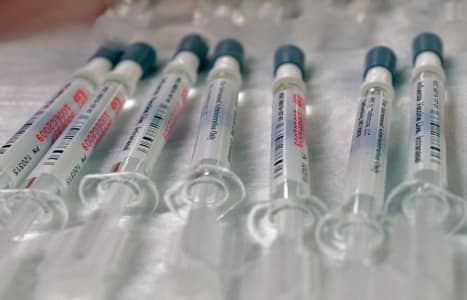
LANGLEY AIR FORCE BASE, Va. -- Intranasal Influenza syringes are spread out here Aug. 26. Everyone is required to have their flu mist and are urged to have them done as soon as possible. (U.S. Air Force photo/Airman 1st Class Jonathan Koob) Photo: U.S. Air Force photo Airman 1st Class Jonathan Koob
'The Vaccine Race' is a history of our fight against viral diseases.
In the book, journalist Meredith Wadman tells the story of a major breakthrough in cell biology that remains important to this today, the use of human rather than animal cells in the development of the vaccines now administered to millions around the world every day.
This approach, using cells derived from a human foetus as an uncontaminated host to grow viruses in so that vaccines could be developed, was controversial in the 1960s when it was developed. Today billions of vaccine doses derived from these original cells are still being used in the fight against diseases like rubella, rabies, and chicken pox.
Meredith Wadman's book 'The Vaccine Race: How Scientists Used Human Cells to Combat Killer Viruses' is published by Viking.

Meredith Wadman Photo: (Johnny Shryock for New American)
